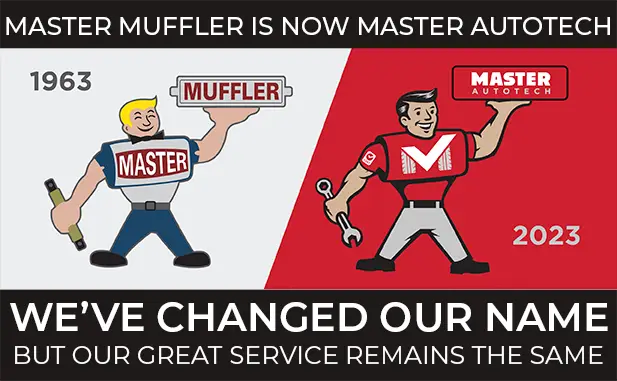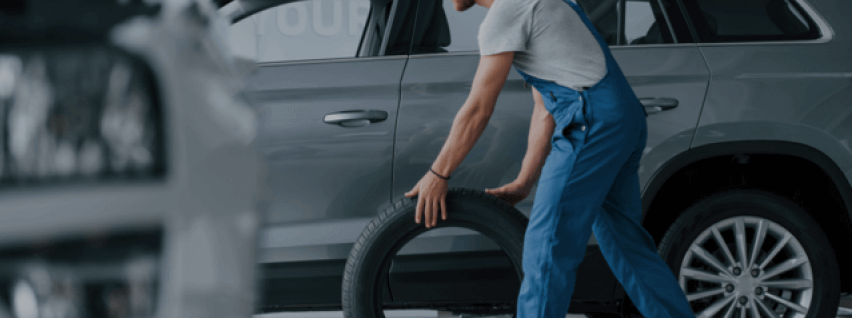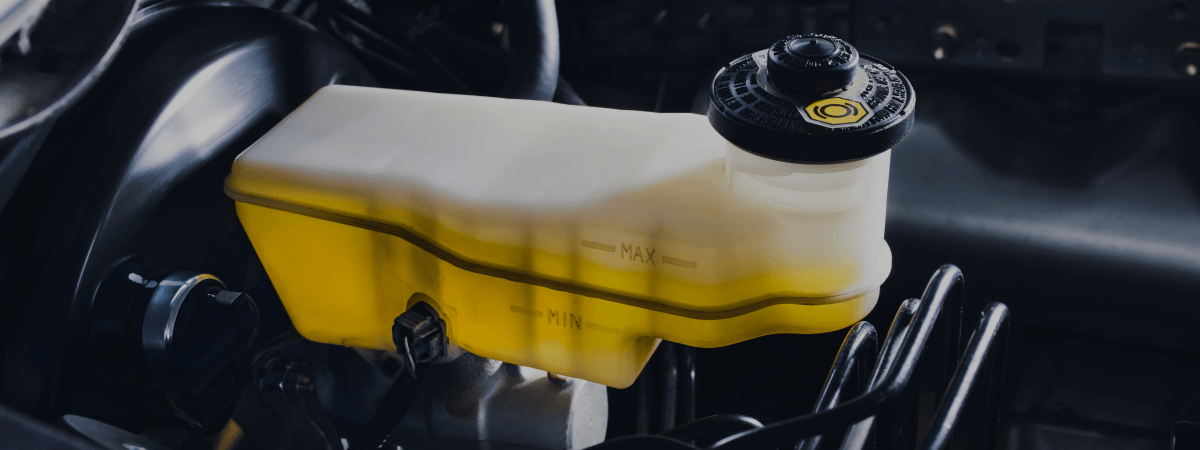
With gas prices on the continued rise, we wanted to offer our clients several tips on how to get the most fuel efficiency from their vehicles. Our tips combine different driving techniques, habit changes, and car maintenance to lengthen your dollar.
Things You Can Do Annually
- Routine Car Maintenance
How you drive has a lot to do with how many miles you’re getting per gallon of gas, but before you hit the road, it’s essential to make sure everything in your car is in working order. After all, your car is a complex machine, and all of its parts work together efficiently for the car to perform at its best. Making sure your car is well-maintained is one easy way to ensure you’re getting the most out of every gallon of gas.
- Buy the Right Tires
You may not realize it, but the tires you purchase can significantly impact how efficiently your vehicle runs. By purchasing tires designed to maximize your vehicle’s fuel efficiency, you’ll more easily keep costs down.
Things You Can Do Monthly
- Measure Your Tire Pressure
Based on the tire manufacturer’s recommendation, you should always have your tires within the correct inflation range. It’s not only safer to have your car’s tire pressure in the ideal range but can increase your fuel economy. Conversely, under-inflated tires can increase overall fuel consumption and reduce the lifespan of your tires. Check the edge of the driver’s side door, and there should be information on the correct PSI located in the area.
- Check You’re Not Carrying Unnecessary Items
If you’ve ever left several bags of road salt, sports equipment, or furniture in the bag of your vehicle for longer than you’ve meant to, you’ve likely cheated yourself out of gas. So make sure to check the trunk or back of your car weekly or monthly to avoid carrying around anything you don’t need.
Things You Can Do Daily
- Drive Conscientiously
We’ll get into more of the specifics on this, but this applies to several things listed further on. Whether driving more conscientiously means going gently, combining trips, using fuel consumption displays, or avoiding idling, keep how you move in mind every time you’re behind the wheel.
- Stop Idling
Idling may bring shame to most drivers, but we can’t deny we’ve all done it. Whether it’s idling in a never-ending fast-food line or idling while parked, the more our car is on without the purpose of driving, the most fuel we’re using. If you plan to stop for more than a minute, turn off your car. It’s good for your wallet and better for the environment.
- Plan Your Trips Ahead of Time
If you’re taking an unfamiliar route, map it out before turning your car on.
- Plan for traffic.
Whether you’re listening to local traffic news or trusting Apple Maps to tell you about accidents, road construction, and slow-moving traffic, make sure you’re staying up to date with congestion on the road.
- Avoid roads with my stoplights.
Although we can’t always avoid a string of red lights, we can try to avoid roads riddled with stoplights. If you can, plan a route through areas with slower speed limits but fewer full stops required.
- Plan combined trips.
Did you know that a warmer engine can make a vehicle more fuel-efficient? Sometimes taking a slightly longer trip—rather than breaking up errands—can actually save money in the long run. Try to combine trips whenever possible. Plan routes to bring trips into a line and avoid running errands when rush-hour traffic is happening.
Changing Habits
Often, better fuel efficiency comes with changing your driving habits. There are some added benefits to changing things up behind the wheel; for instance, decelerating your vehicle rather than braking whenever possible can help improve fuel economy and increase the lifespan of your brakes. Maintaining a steady speed (or utilizing cruise control) can help your engine run optimally while also increasing your fuel economy by nearly 20%. Sometimes it’s the little things that can make a big difference.
Related Posts
Key Takeaways On average, passenger vehicle tires last 40,000 to 60,000 miles, depending on type, driving habits, and maintenance. Replace tires when tread depth reaches 2/32”, if damaged, or older than 10 years. Regular rotation, alignment, and proper inflation extend tire life. Aggressive driving, poor roads, and harsh weather shorten tire lifespan. Take advantage [...]
When you think about car maintenance, you probably focus on oil changes, tire rotations, and maybe even brake pad replacement. But what about your brake fluid? If you’ve ever wondered, “What does brake fluid do?” or “Why is brake fluid important?”, you’re not alone. Brake fluid might not be the most talked-about part of [...]
Is that high-pitched squeal from your brakes driving you—and everyone else—crazy? Don’t ignore it. Squeaky brakes aren’t just annoying, they’re your car’s way of saying something needs attention. Whether you're cruising through Salt Lake City or winding up Idaho’s mountain passes, here’s what’s likely going on, how you can fix it, and when it [...]





